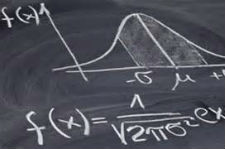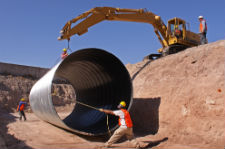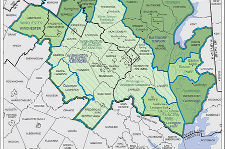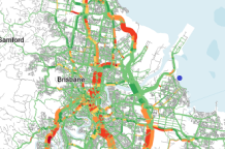The TPACS Model
Work began on the TPACS model (formally named 4S model) in 2008 and was first used for the Toowoomba regional council transport strategy in 2009. Since then a number of improvements have been made allowing its range of inputs and outputs to be extended and customised for new projects. The TPACS model has been used for studies ranging from local area planning, corridor analysis, toll road demand assessment, fright and autonomous vehicle modelling, business case development, and state-wide network analysis. Implementations of the model have been prepared for Melbourne, Sydney and Brisbane, as well as wider-areas models of Queensland and Australia. The TPACS model has now been used for a number of major projects and has so far contributed to the planning of over $9 billion worth of transport infrastructure.
The TPACS model has been developed with the philosophy of having a realistic and powerful foundation, with system-wide parameters and minimal localised overrides. This approach was partly developed out of frustration with the lack of soundness and flexibility to the older models.
TransPosition’s new modelling approach overcomes many of the deficiencies of the traditional four step transport model, particularly with respect to modelling non-car modes and behaviour change—the TransPosition Agent cloud Simulation Model (TPACS Model). TransPosition has published a number of papers on work involving the TPACS (4S) model, the two paper given below focus on the original 4S model.
“Slice simulation modelling - a new approach for building very large, very detailed models” by Peter Davidson, 2017
“A new approach to transport modelling - the Stochastic Segmented Slice Simulation (4S) model and its recent applications” by Peter Davidson, 2011
The following sections step through the description of the TPACS Model; the behavioural assumptions and market segments used in the model; and how we combine large amounts of data from different source to create determine the land use model inputs. Additionally descriptions and examples of standard and custom model outputs has been provided.








